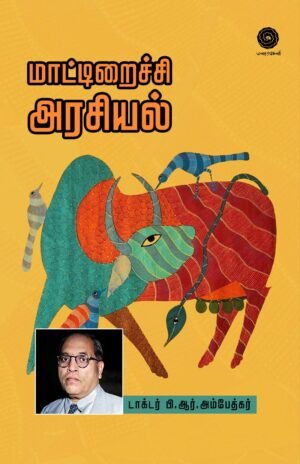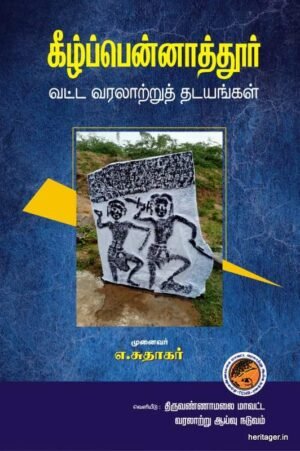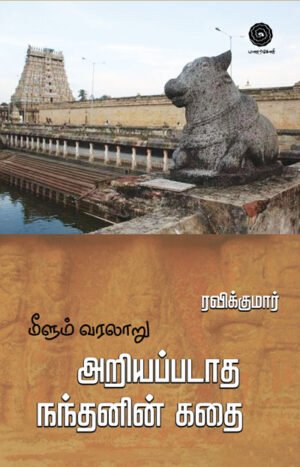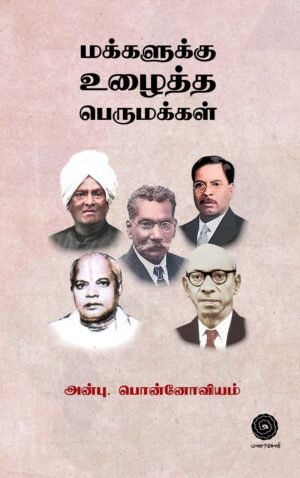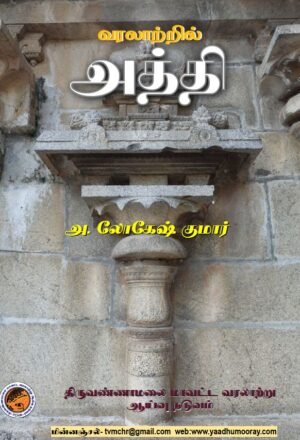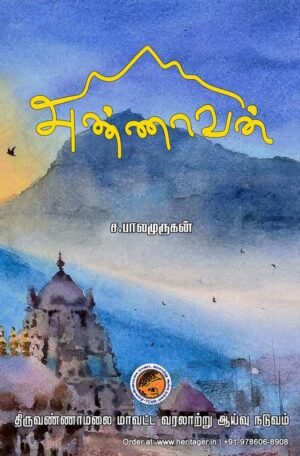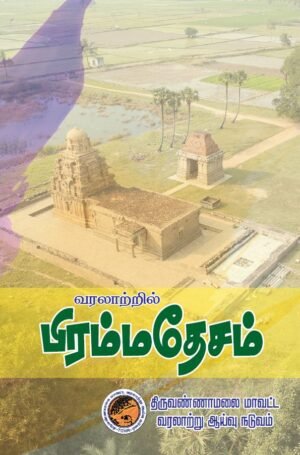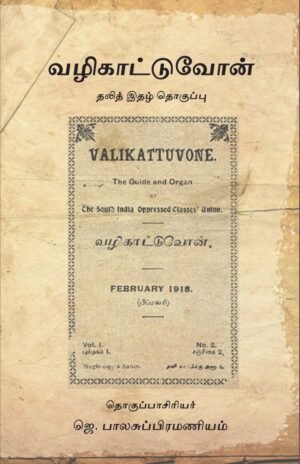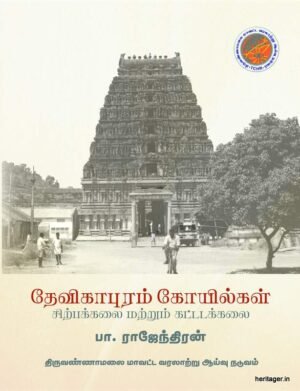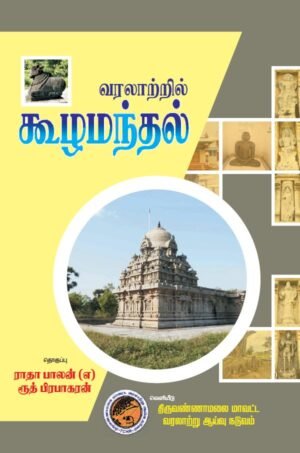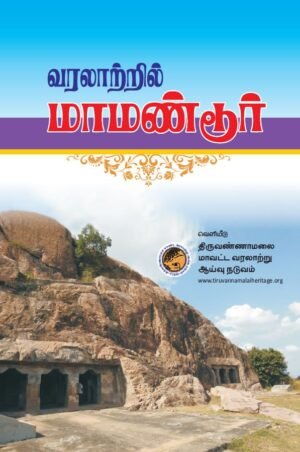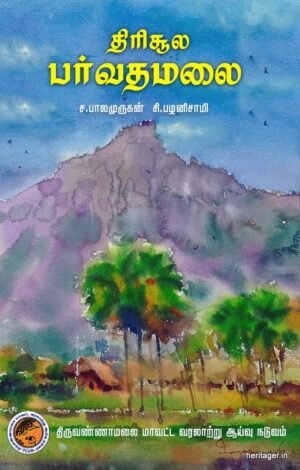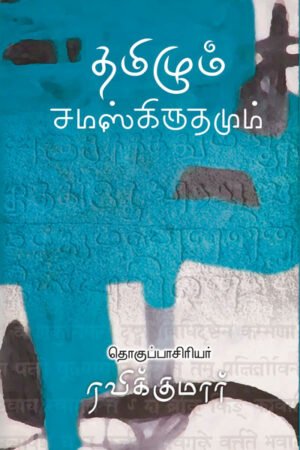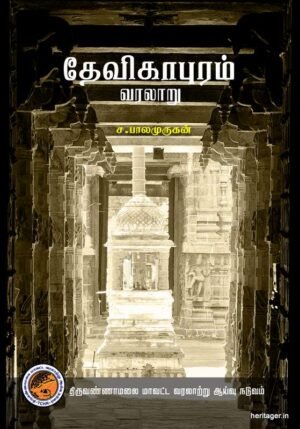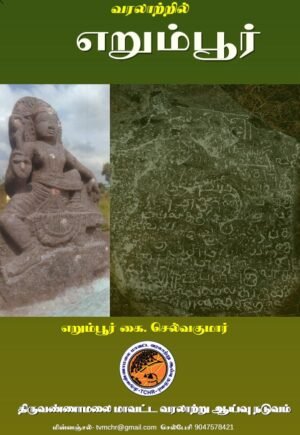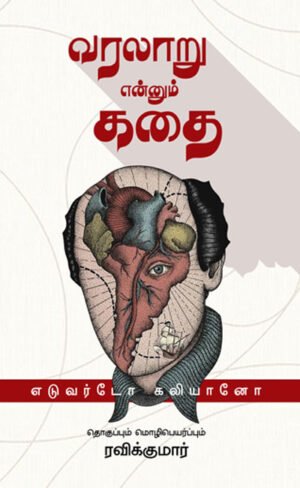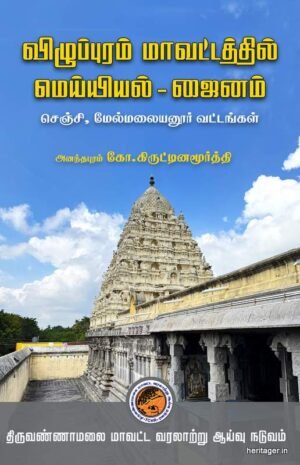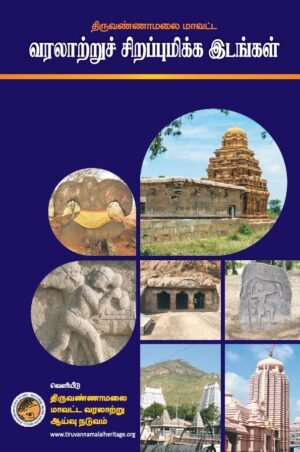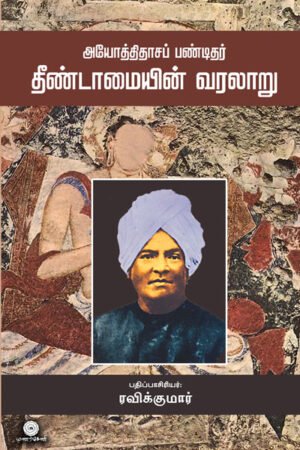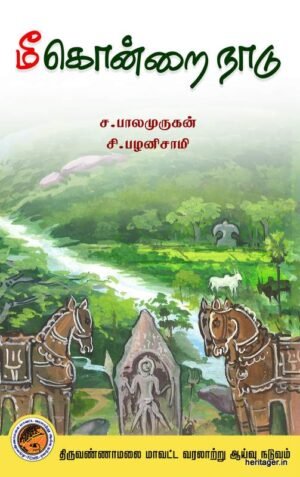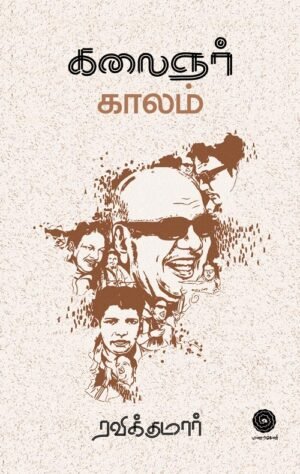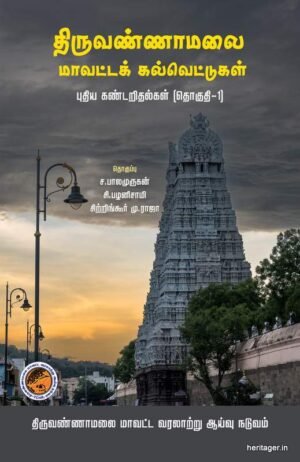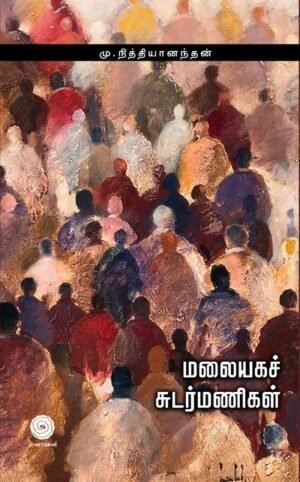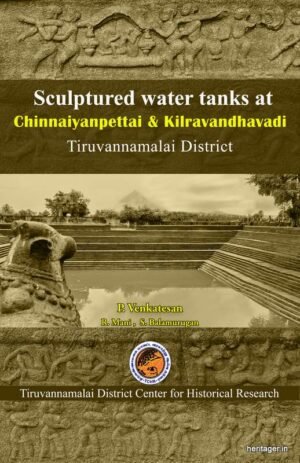Description
This long awaited publication embodies the researches of a lifetime undertaken by Dr K Indrapala from the time he started his career as an academic in the University of Ceylon in 1960. It gives shape to his long held, though often controversial views that the Sinhalese and Tamils of Sri Lanka are descended from common ancestors who lived in the country in prehistoric and protohistoric times and have a shared history going back to over two thousand years. He argues that through a process of language replacement the north Indian Prakrit dialects spread among the vast majority of the people paving the way for the evolution of Sinhalese while Tamil became the dominant language in some parts of the island leading to the emergence of Sri Lankan Tamil. Buddhism, though at first common to both groups later became a religion associated with the Sinhalese.
The rule of the Cola dynasty in the 11th century paved the way for the rise of Saivism among the Tamils. In the end Buddhism disappeared completely as a religion of the Sri Lankan Tamils and Saivism assumed dominance among them. The result was that religion in addition to language became a marker of ethnic identity. This research covers the period up to 1200 by which time the process of evolution had more or less stabilized and the chance of one absorbing the other eventually had receded, although assimilation of elements of one group into the other continued.

